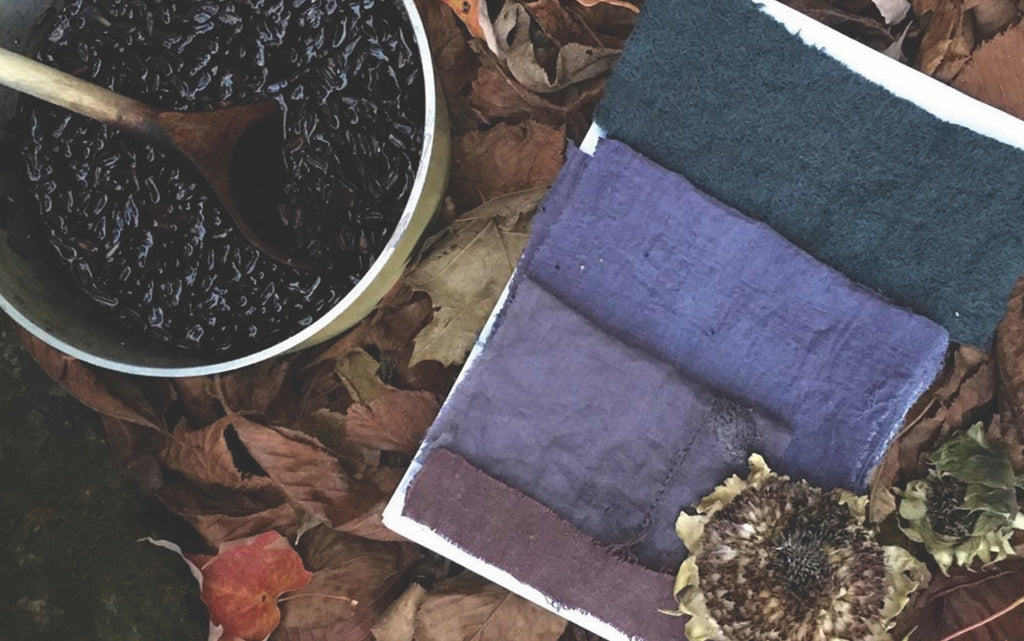The summer is in full swing and my garden is bursting with flowers. Although I love having vases of flowers throughout my home, sometimes I want to try something new. If you also find yourself wanting to do more with your blooms then cut copious bouquets try some of these fun ideas. Flowers love being picked, it helps encourage growth so there should be plenty more to grace your table.
-
Eat them - Not every flower is edible but there are quite a few that are. Some common garden flowers that are edible are borage, basil flowers, calendula, chamomile, squash blossoms, dahlias, marigolds and nasturtiums to name a few. The flowers of common herbs like mint, dill, fennel and sage are also edible. You can decorate cakes, sprinkle petals into your salads and even add them to ice cubes. Paint flowers with a mix of egg white and sugar to make beautiful candied blossoms. I recommend tasting each flower before you use it, as they have different taste profiles. Be sure to double check whether a flower is edible before you eat it.
-
Press them - Pressing flowers is an echo from my childhood. I loved sticking a flower into my notebook and finding a perfect preserved bloom months later. A fairly basic way is to sandwich the flowers between two pieces of paper and lay heavy books on top of them but you can easily make a plant press at home. All you need is two pieces of plywood cut to the same size, 4 screw clamps, cardboard and paper sheets cut to the size of your wood. You can press many flowers this way. Simply lay down a piece of cardboard with the paper on top, add your flowers and then cover with another piece of cardboard. If you want to add more layers of cardboard, paper and flowers go ahead! When you are ready screw down the clamps on all four corners. Flowers dry fairly quickly with light small flowers finished in a few day and thicker flowers pressed in a few weeks. You can mount them on paper as specimens or make idyllic flower designs once all your blooms are pressed.
- Dye with them - Plant dying is the original way that cloth was given color and has been making a resurgence in the past few years. Flowers make excellent dyes because they have fun rich colors to start with. Generally, start with a natural fiber cloth like cotton, wool or silk. Dyes do not adhere well to synthetic fibers. Next, choose your plant material like yarrow, indigo or coreopsis. Chop up the material finely and simmer in a pot of water for about an hour to make the dye that you will soak your fabric in. Some plant dyes require you to apply mordant to the fabric in order to achieve rich colors. A mordant allows the dye to attach better to the fabric. After you apply a mordant solution to your fabric, you submerge it in the dye solution and leave it for a couple hours or overnight. Dying with plants is a bit more complicated of a process then I have described. Further reading may be required and there are lots of excellent resources out there…
Written by Taryn Hunter


Comments (0)